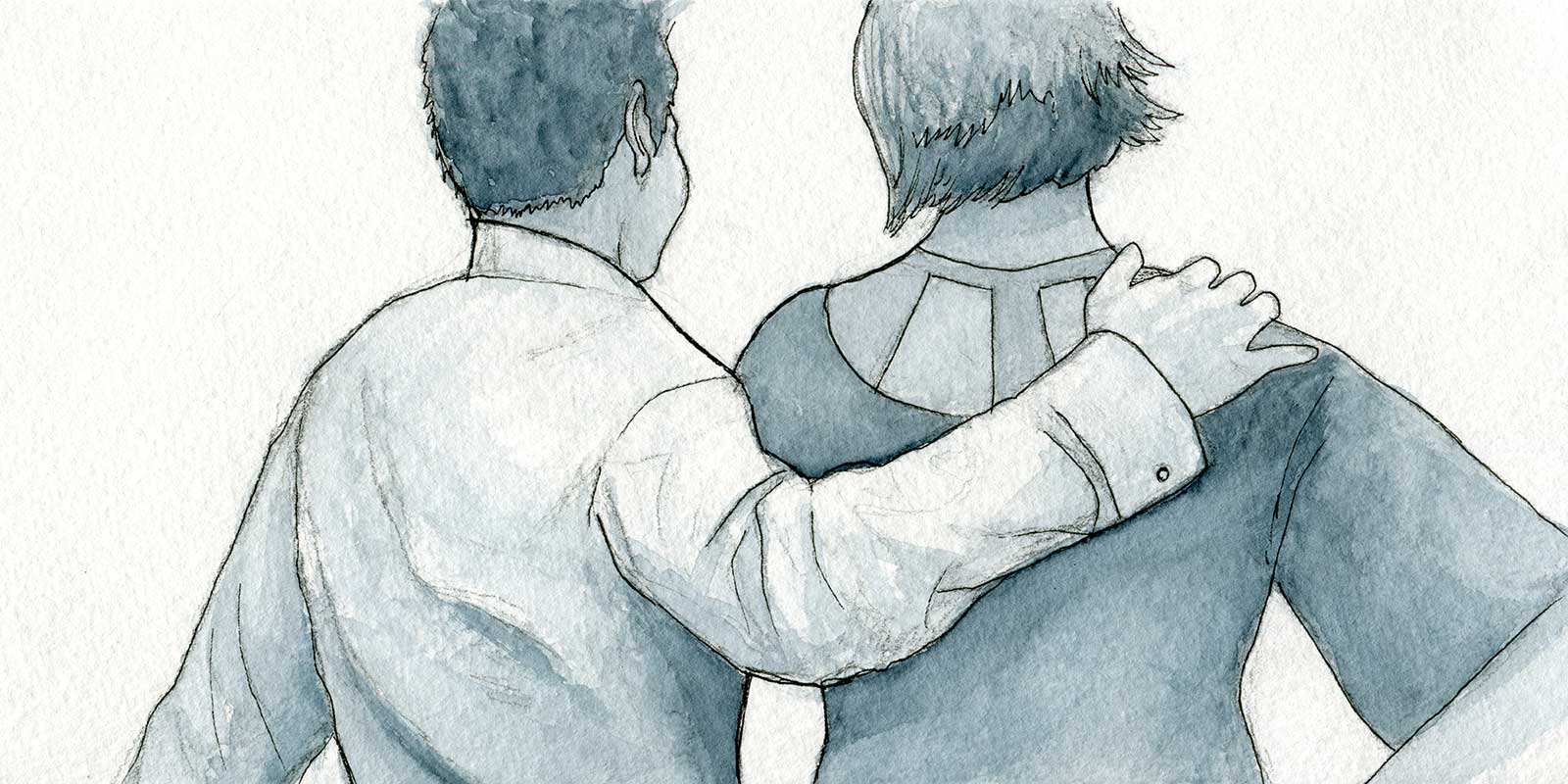One of the best qualities of working with a team is diversity. A well-balanced team means having colleagues that will spot opportunities you may overlook, and raise questions that may not have occurred to you to ask. You’ll get that diversity naturally by working with colleagues in different functions. Even when working with peers, you can find a variety backgrounds and skills.
That diversity comes through in working styles, too. This can cause friction when different styles of critique – or reactions to stress – clash. If I could magically cause one thing to happen, I would have us all remember, at times of conflict, that we are all seeking the best outcome. There are times within our daily work where this is especially important…and where we can all stand to give each other the benefit of the doubt.
Your normal personality, your stress personality
Ever been particularly frustrated about the way a colleague reacted to a situation? Has it seemed out of character for how they usually are?
I came across an interesting way to think about this through a working-style assessment that a number of teams at Adobe used. It’s called Strength Deployment Inventory (SDI). After answering a series of questions about theoretical situations, we each learned which working style we had with relation to action (red), people (blue), or data (green). Besides mapping out our normal working styles, it also mapped out our working styles when in conflict or under stress.
This idea – that a person’s working style shifts when the pressure’s on – made me more attuned to this in myself and others. My normal working style landed pretty squarely between blue and green; in other words, I tend to balance personal interactions and data evenly. In conflict situations, I shift to a solidly green approach: data above all else. Some colleagues gravitated towards people to discuss issues and understand sentiments (a blue approach), and others towards action as soon as possible (a red approach). Everyone was some mix of these, and they did not map to particular roles. Simply having awareness of that made it easier to identify why some people would get particularly agitated in the absence of certain information or action while working on projects.
That “stress personality” can explain why people react differently, but doesn’t shed light on why that might be happening now. Sometimes, when a colleague behaves out of character, it may be due to a work stress like feeling out of the loop, or getting pressure to resolve a difficult issue. Then again, it may not even relate to work at all – maybe it was a personal stress, like relationship troubles or a health scare. Or a physical stress, like too little sleep or not eating right. It’s hard to know. Stressors can trickle down, as one person’s stress translates to an unusual emphasis on particular actions or urgency. It can spread through teams if leaders are constantly in this state of stress. A little empathy can go a long way, and choosing to react objectively for planning what to do next can break this cycle of stress.
The power of the second opinion
Sometimes we don’t realize how we shape perceptions about not only other people, but also our roles and our teams in general.
On occasion, I’ve gotten questions from engineers or product managers on other teams seeking second opinions if they’re uncertain about a direction their designer is taking. This is a great time to vouch for others, and socialize more of the thinking within your team. Sometimes just getting a little more information, or a second opinion, is all it takes.
Even if you’re a bit doubtful of the direction, assume there is a logic and reasoning underneath it even if you don’t see it. That will help you stay objective while you voice concerns. That’s a useful thing to do in general, as it’s possible that you don’t have the full picture. Get feedback to the right people, be constructive, and listen. Healthy questioning can be a positive kind of collaboration.
Sometimes that questioning isn’t so constructive. Though it (thankfully) hasn’t happened much, or recently, I have come across sniping a few times in the past where someone assumes the worst right at the start. It’s a corrosive behavior, and though it may be hard to counter directly, it should be addressed. Hallway conversations help shape company culture.
If you get called upon to give gut reactions about colleagues’ work, be mindful. This isn’t to say you should be forced into an opinion, or to suppress your feedback. It’s worth sharing it. Just remember they (and you) are only human. Give your fellow humans the benefit of the doubt, and believe in their better nature.


Hannah
Thought of you, and design as a big picture approach, when reading this wired article.
http://www.wired.com/opinion/2013/08/why-arent-more-startups-founded-by-designers/